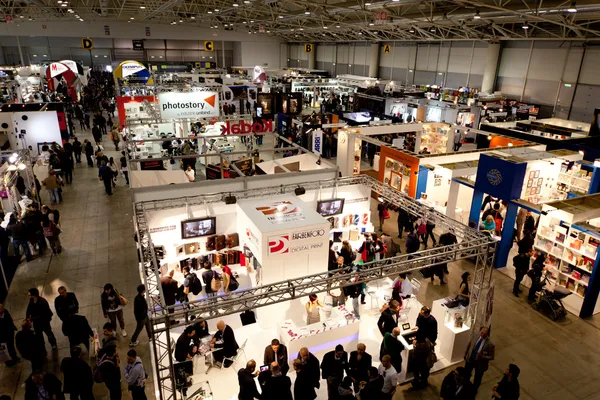
Trade Shows & Exhibitions
Organizing trade shows involves orchestrating large-scale events where businesses and professionals gather to showcase products, network, and explore industry trends. Trade shows are invaluable for companies seeking to expand market reach, build brand visibility, and connect directly with potential clients, partners, and industry leaders.
Key elements in organizing a successful trade show include:
Venue Selection: Choosing a location that accommodates the scale and needs of exhibitors and attendees, with ample space for booths, stages, and networking areas. Venue logistics, accessibility, and facilities play crucial roles in the event’s appeal.
Exhibitor and Attendee Management: Recruiting exhibitors from relevant industries and managing registration for attendees. Effective trade show organizers ensure a balanced mix of vendors that appeals to the target audience and provides diverse offerings.
Marketing and Promotion: Creating a comprehensive marketing strategy to attract exhibitors and attendees, including digital advertising, social media campaigns, email marketing, and partnerships with industry publications.
Logistics and Event Services: Coordinating booth setups, audiovisual equipment, signage, and floor plans, as well as managing traffic flow and amenities. Additionally, support services, such as on-site assistance, security, and food services, contribute to a smooth experience.
Workshops and Keynotes: Organizing talks, panels, and workshops led by industry experts to enhance the show’s value and draw attendees. These sessions often focus on industry trends, best practices, and new technologies.
Networking Opportunities: Facilitating structured and informal networking, such as mixers, meet-and-greets, and speed networking sessions. Building connections is a key value for attendees and exhibitors alike.
Sponsorships and Partnerships: Securing sponsors to enhance the show’s offerings and offset costs. Sponsors often support networking lounges, branded areas, or event apps, adding value for participants and strengthening brand exposure.
Post-Event Analysis and Follow-Up: Gathering feedback, analyzing data, and maintaining communication with exhibitors and attendees post-event. This helps refine future shows and builds long-term relationships.









